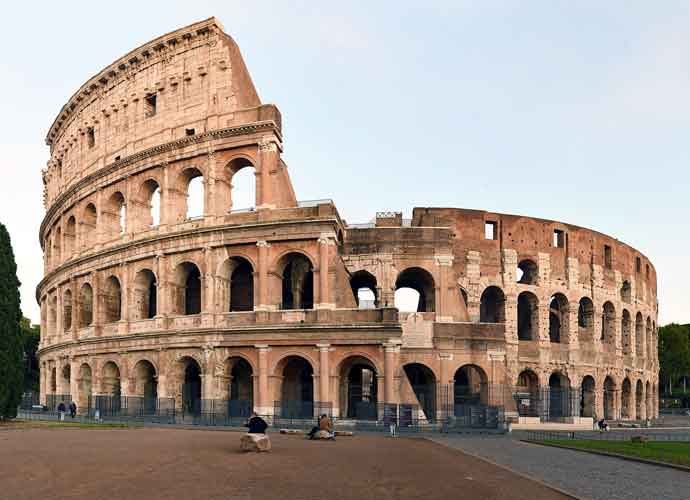Italian Culture Ministry Announces $18 Million Colosseum Floor Project Stirring Controversy
The Italian Culture Ministry announced on Sunday the winning project in a competition to build a replacement floor for the Colosseum in Rome.
The plan includes a lattice floor made out of specially treated wooden slats that can be rotated to promote air circulation and expose the subterranean chambers of the monument. The design was done by Milan Ingegneria, an engineering consulting company, and is expected to cost about 15 million euros, or $18 million. The project is expected to be in use by 2023.
Currently, there is only a small section of floor over the underground chambers. The 650 square meters, or 7,000 square feet of floor was installed in 2000 for a staging of Oedipus Rex, by Sophocles. The rest of the underground architecture is exposed.
Alfonsina Russo, director of the Colosseum and its archaeological park, said the latest renovation would allow visitors to sample the effect of standing in the middle of the arena.
“Reconnecting the thread of time, we are finally returning to the public the same view that people had from the stage of the monument during antiquity,” she said.
Some experts say they don’t see a point in the added construction. The art historian and essayist Tomaso Montanari said, “From the point of view of cultural policy, it serves no purpose.”
“The idea that the monument, as it is, is not enough and has to be transformed into a location for something else,” he said. “Monuments are not things to be filled. It’s all very ridiculous, it’s Italy seen via Las Vegas.”
Sergio Rinaldi Tufi, a retired archaeologist who worked at the University of Urbino, said the section of floor built in 2000 already gave visitors the perspective of standing in the arena with the underground beneath them. He said it is a privilege for visitors to be able to see the underground architecture.
Italian culture minister, Dario Franceschini, said at a news conference that, from the center of the arena, “the majesty of the monument” could be more fully absorbed, calling the Colosseum “a symbol of Italy in the world.”
The new surface will be installed at the level of the original flooring.
“The structure is light and recalls both in form and function the original plan of the wooden arena at the time it was first in use,” said Russo, the Colosseum director. The project also took into account requirements to protect the monument and to be ecologically sustainable, according to Russo.
Before the pandemic, the Colosseum was the most visited site in Italy, drawing 7.6 million people in 2019 alone.
RELATED ARTICLES
Get the most-revealing celebrity conversations with the uInterview podcast!




 by
by 



Leave a comment